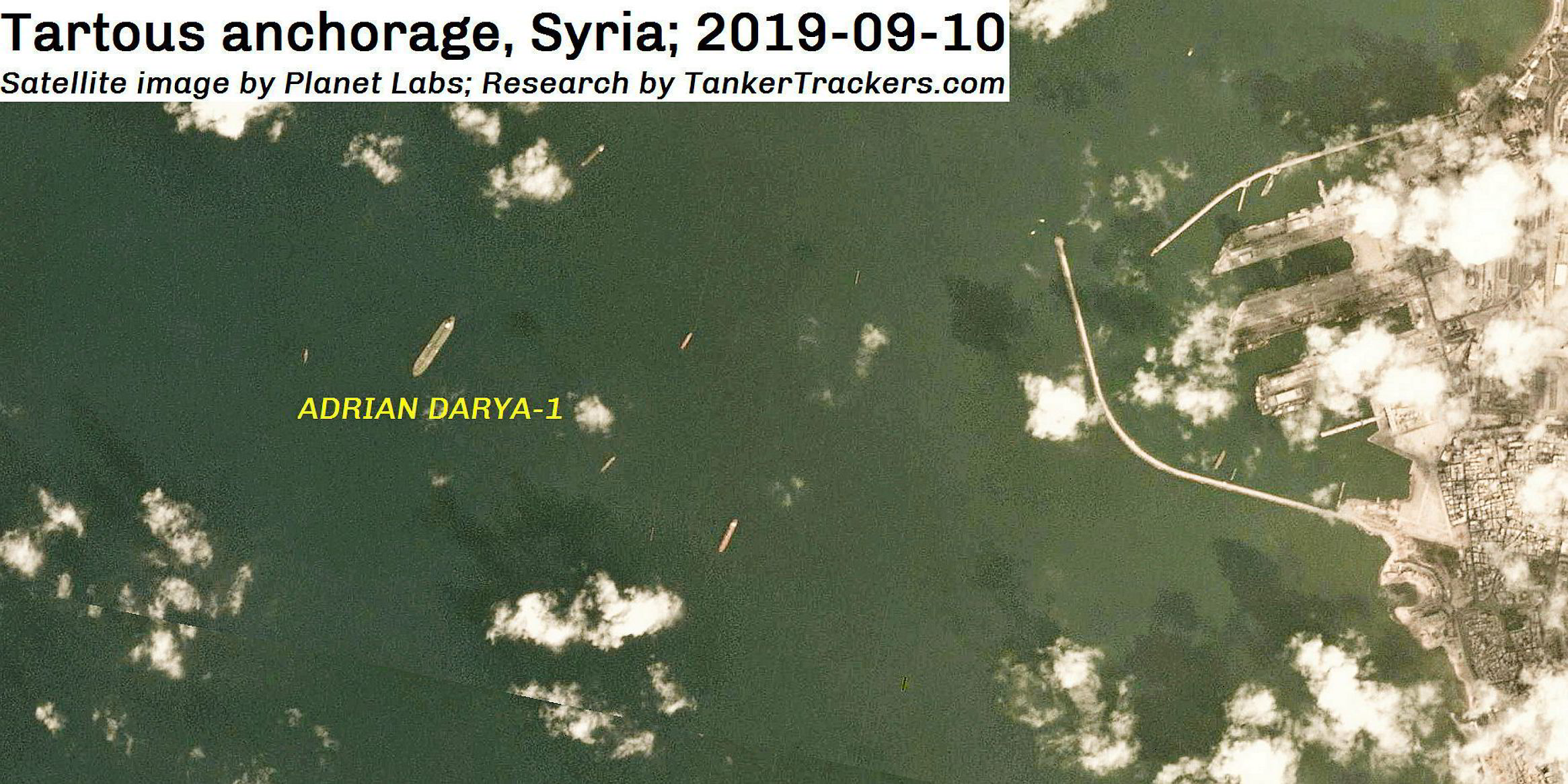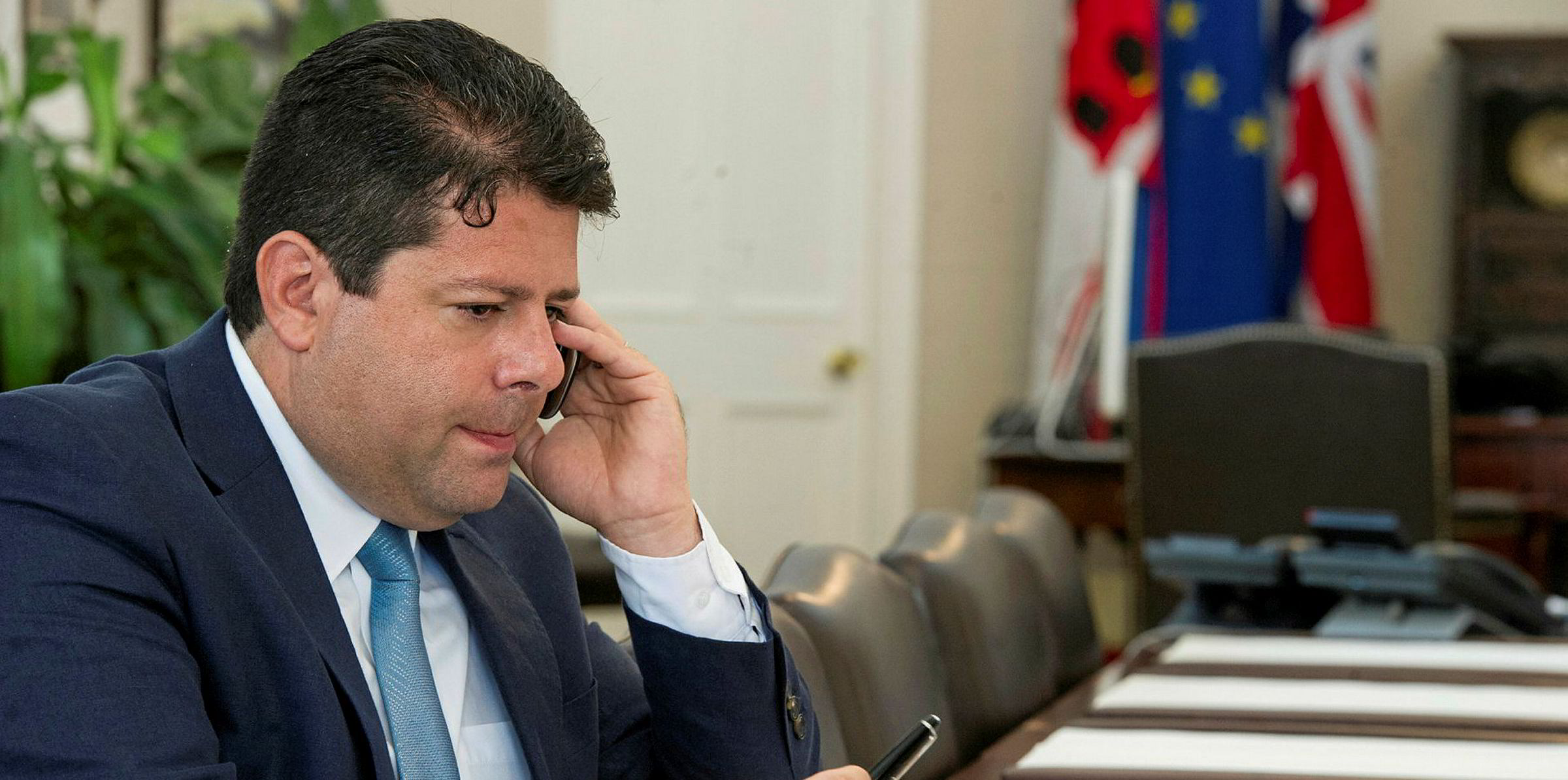Iran has sold the controversial crude cargo aboard the VLCC Adrian Darya 1 to a private company at sea.
This is according to Iran's envoy to London, Hamid Baeidinejad.
Baeidinejad told the state news agency IRNA: "EU sanctions cannot be extended to third countries. Despite numerous threats by America, the tanker sold its oil at sea to a private company and has not violated any obligation.
"The private company ... (which is) the owner of the oil sets the sale destination of the oil."
And he said on Twitter: "At (the) meeting with the British foreign secretary, it was emphasised that British authorities' action against the tanker carrying Iranian oil was in violation of international law."
Iran had said the tanker had delivered its oil after docking somewhere in the eastern Mediterranean region.
UK responds
Satellite imagery reportedly showed it off the port of Tartus in Syria.
The tanker was seized as Grace 1 by British Royal Marine commandos in Gibraltar in July on suspicion of being en route to Syria, in breach of EU sanctions.
It was released in August after Iran gave written assurances it would not unload the 2.1m barrels of Iranian oil in Syria.
"Iran has shown complete disregard for its own assurances over Adrian Darya 1," UK foreign minister Dominic Raab said a statement on Wednesday.

"This sale of oil to (Syrian president Bashar al-Assad's) brutal regime is part of a pattern of behaviour by the government of Iran designed to disrupt regional security."
Discharge doubts
TradeWinds reported on Tuesday that satellite imagery and vessel-tracking data suggest the oil had not yet been offloaded.
Based on images provided by Planet Labs, TankerTrackers said Iran’s official statement may be false.
According to Samir Madani, one of the tanker intelligence provider’s founders, the VLCC was still fullly laden with crude in the anchorage of Baniyas, Syria, as of Tuesday afternoon and no discharge had occurred.
“It will take a STS (ship-to-ship transfer) with a suzemax to do so,” Madani said.






